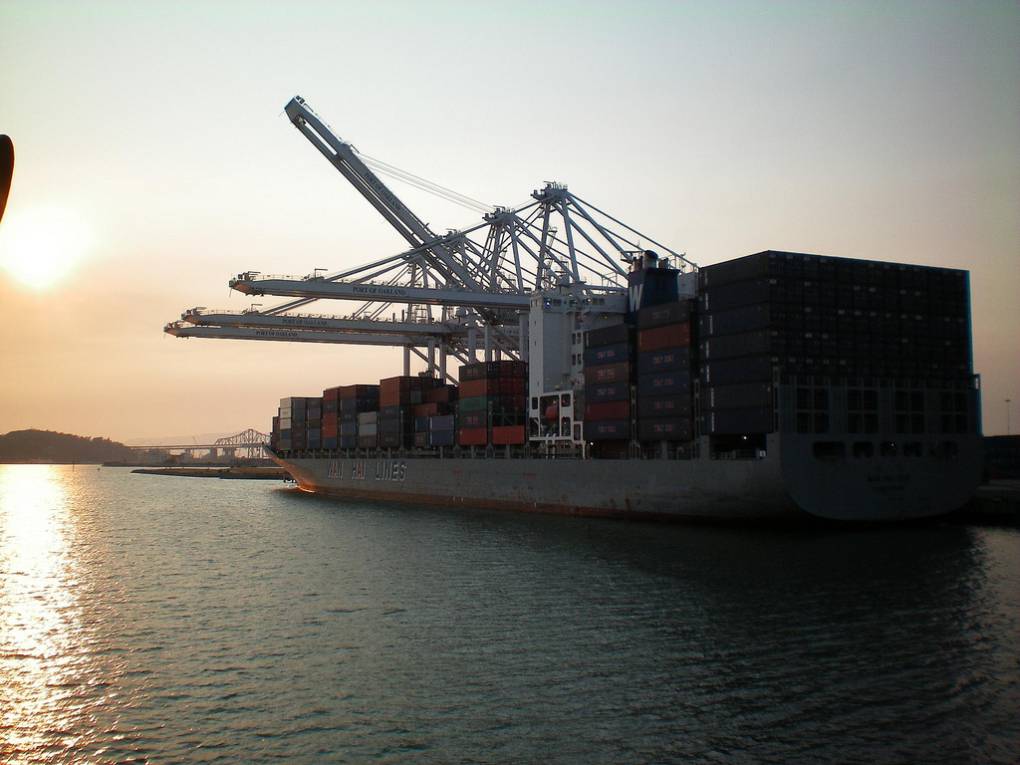This article was originally published by Public Health Watch, a nonprofit investigative news organization. Find out more at publichealthwatch.org.
Billions of dollars in federal money are flowing to seven “hydrogen hubs” around the country — including in California. A public-private partnership called ARCHES recently negotiated a $1.2 billion agreement with the Department of Energy to build out hydrogen power plants, pipelines and other energy projects around the state.
Federal and state officials are celebrating the award, part of a risky and ambitious national bet on a potentially clean fuel that could someday rival renewables and cut carbon from the atmosphere. Backed by pots of money created by federal laws, California and six other hubs will serve as regional nerve centers, steering hydrogen-producing projects that can qualify for an uncapped federal tax credit – anticipated to be worth at least a hundred billion dollars.
However, producing hydrogen energy can be expensive and complicated, and if that process relies on fossil fuels, it could actually prolong climate pollution. When even clean hydrogen is blended with methane and burned, it can still dirty the air with toxic byproducts that contribute to lung-irritating smog.
Researchers and local advocates warn that unless the so-called hydrogen earthshot has adequate safeguards, it could harm health and climate – even in California, a state that has declared a commitment not only to ambitious climate goals but also to environmental justice.



